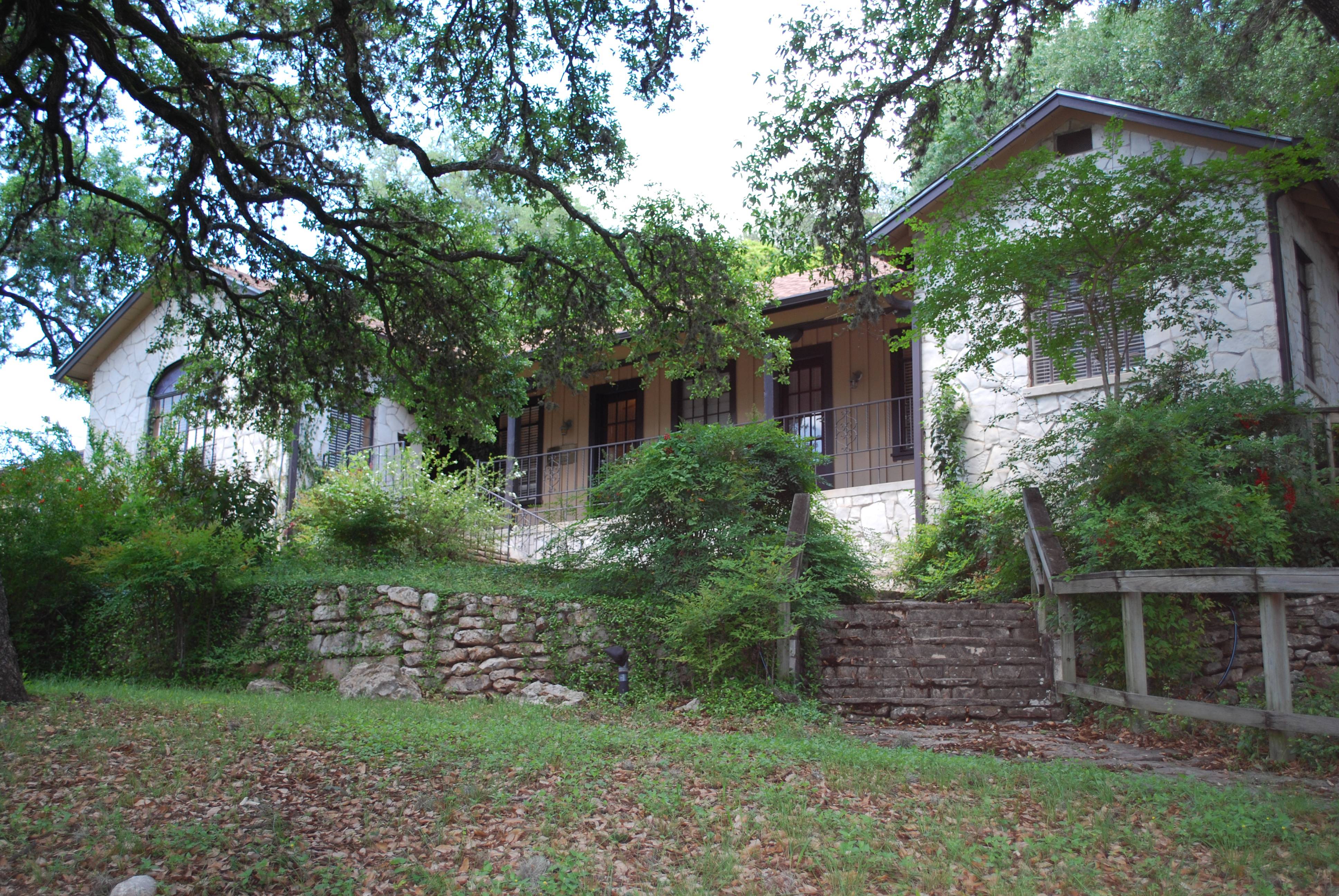Environmental, Health, Safety, Risk and Emergency Management (EHSREM) serves as the university authority on a variety of programs designed to monitor environmental protection, campus health, fire and life safety, laboratory safety, and risk management.
Environmental, Health, Safety, Risk and Emergency Management
Mission

Large group of students walk down the quad towards the fighting stallions statue
EHSREM Programs
EHSREM houses many different programs to assist faculty, staff, and students with completing campus tasks and activities in a safe manner.
